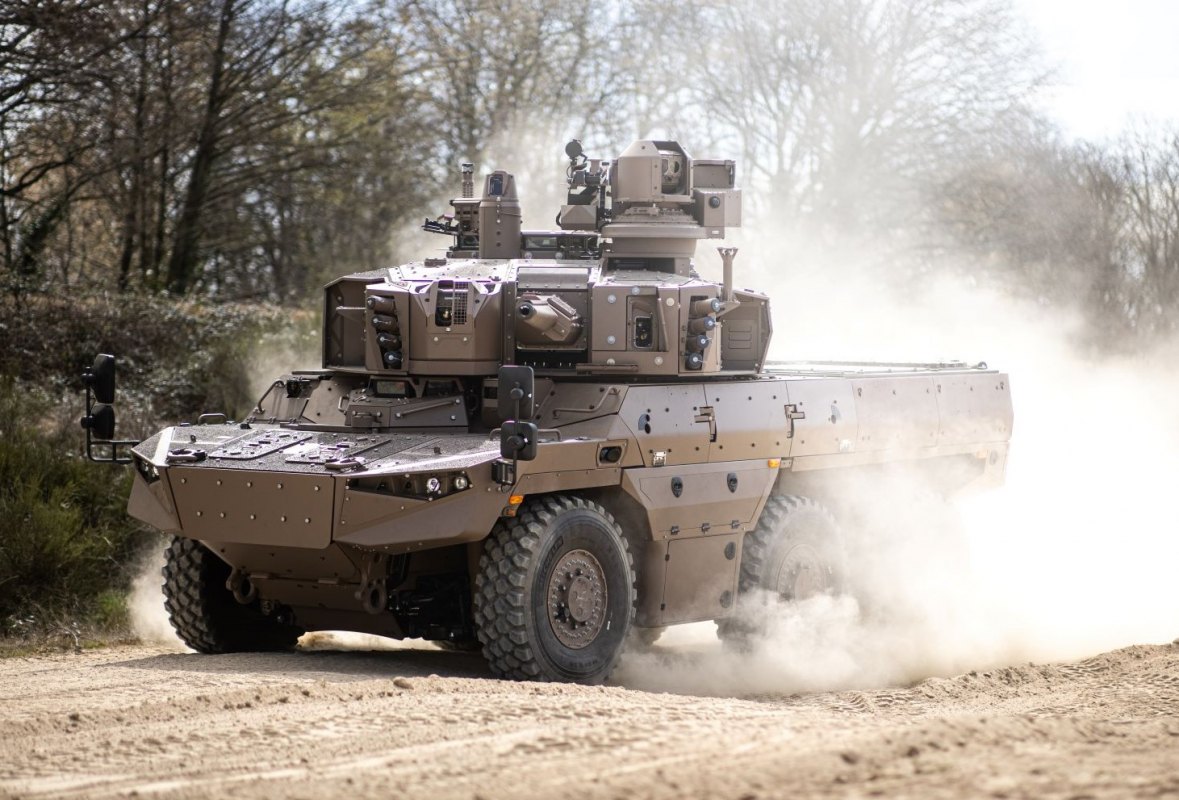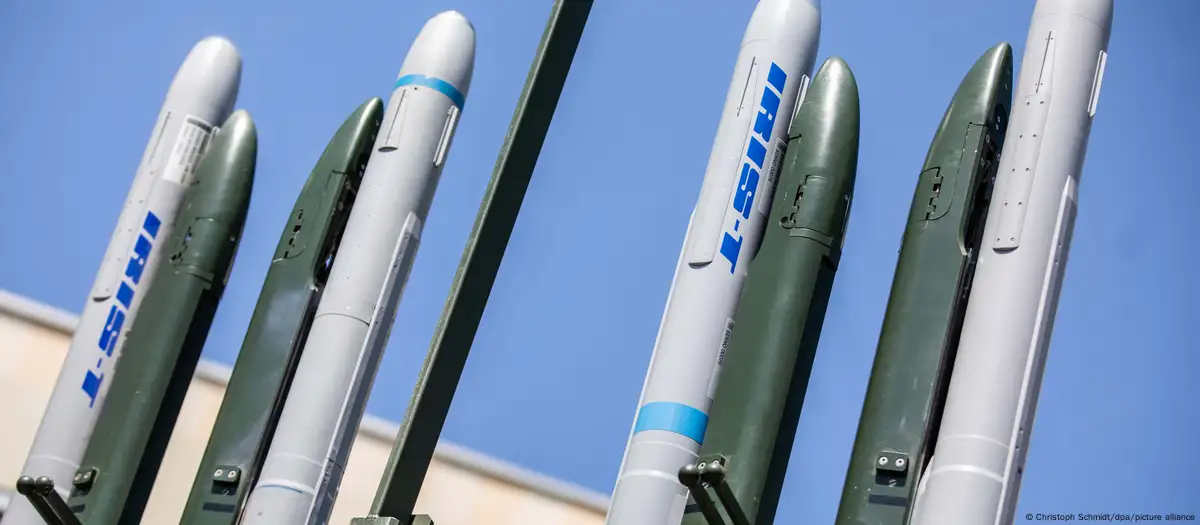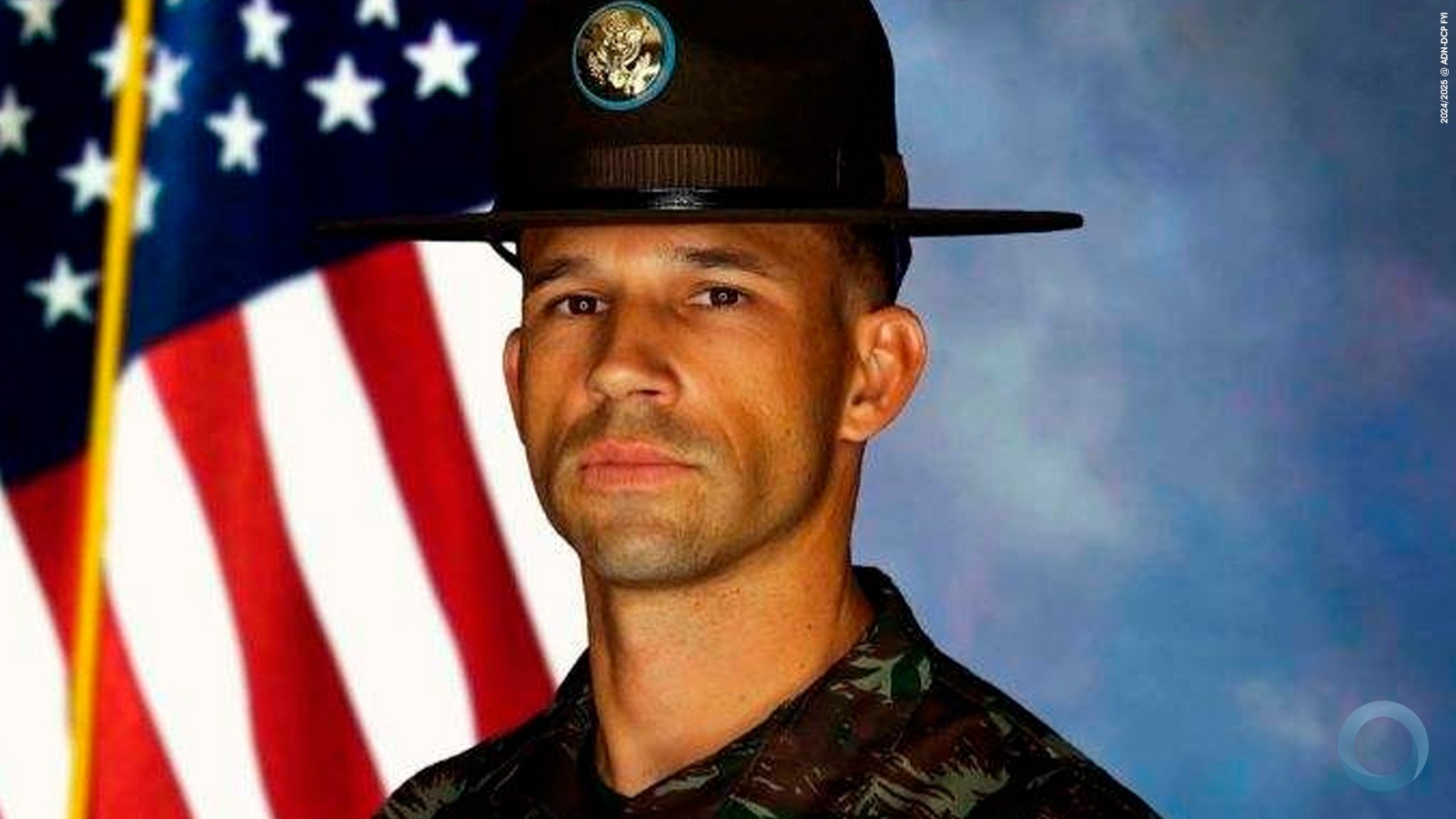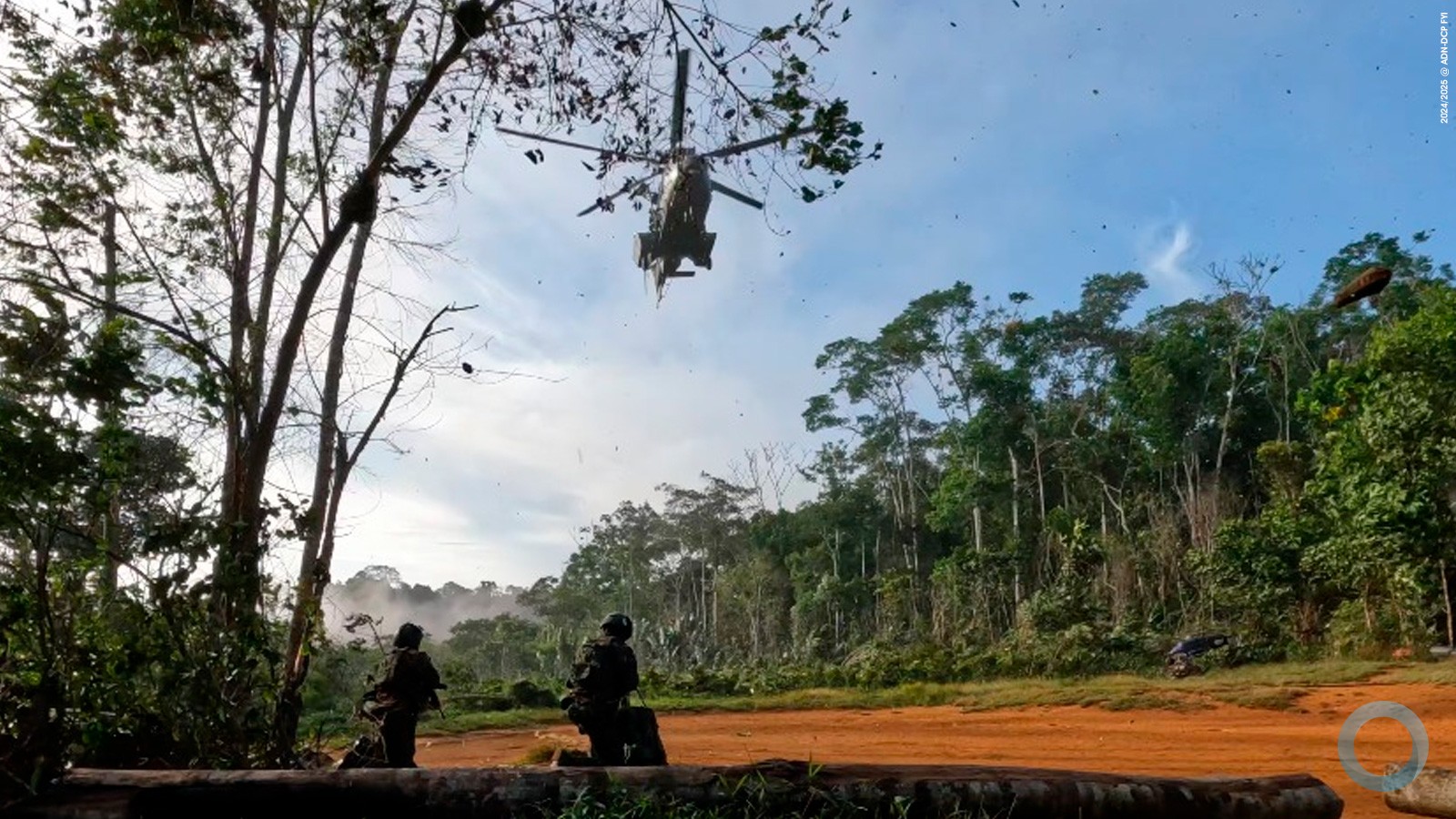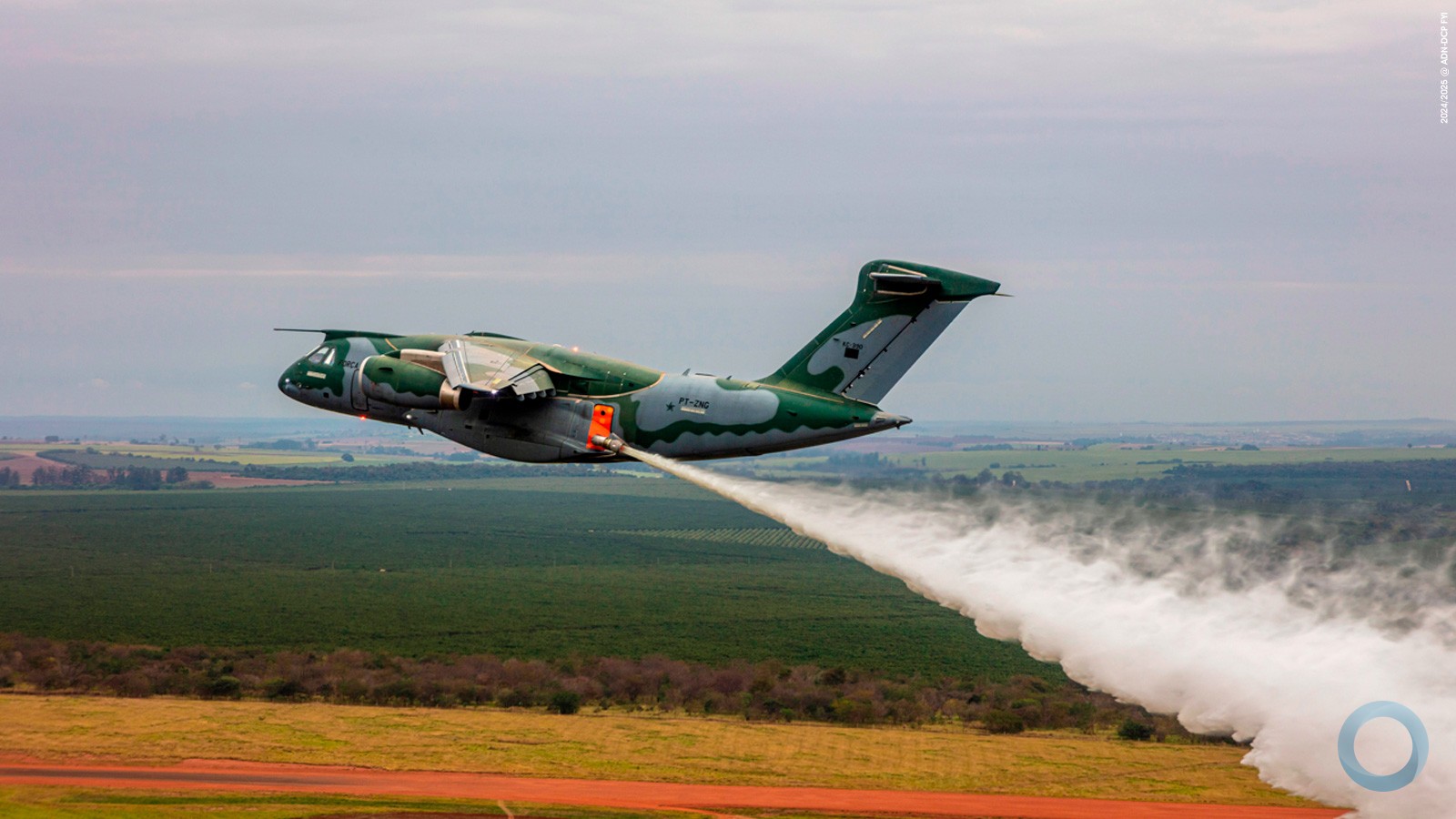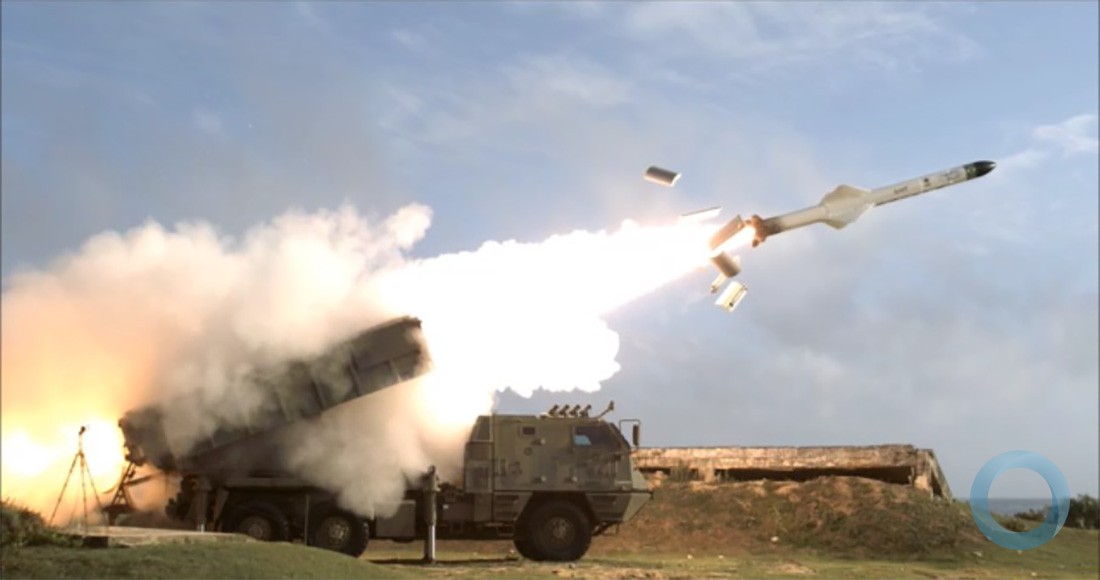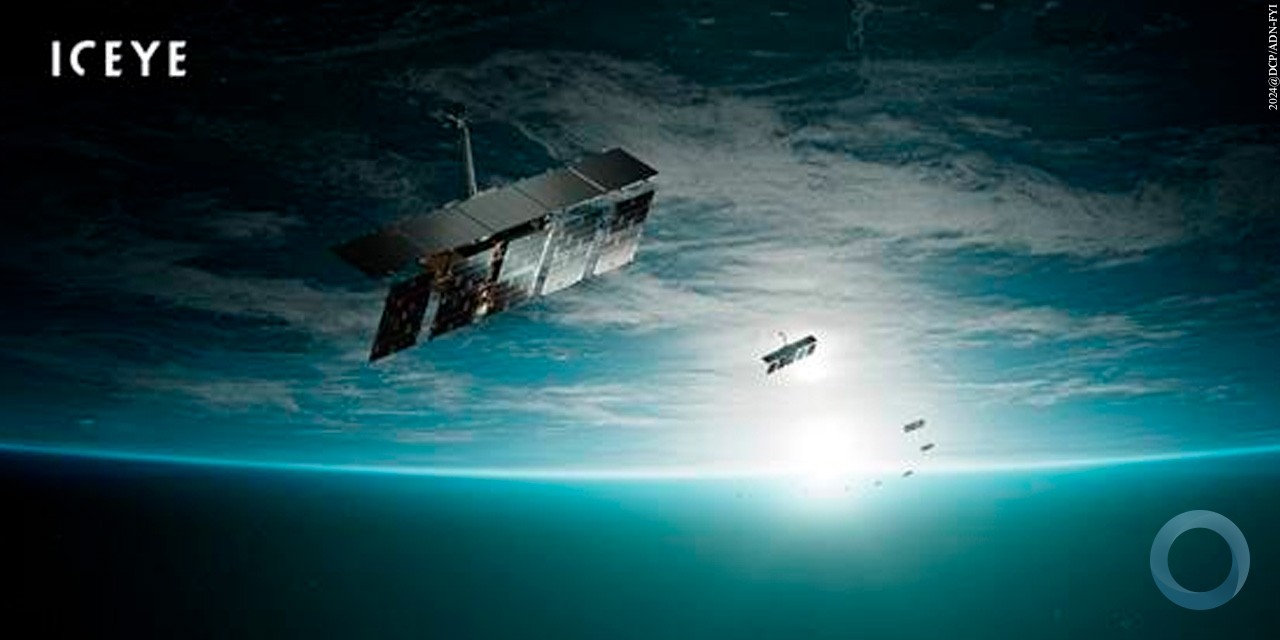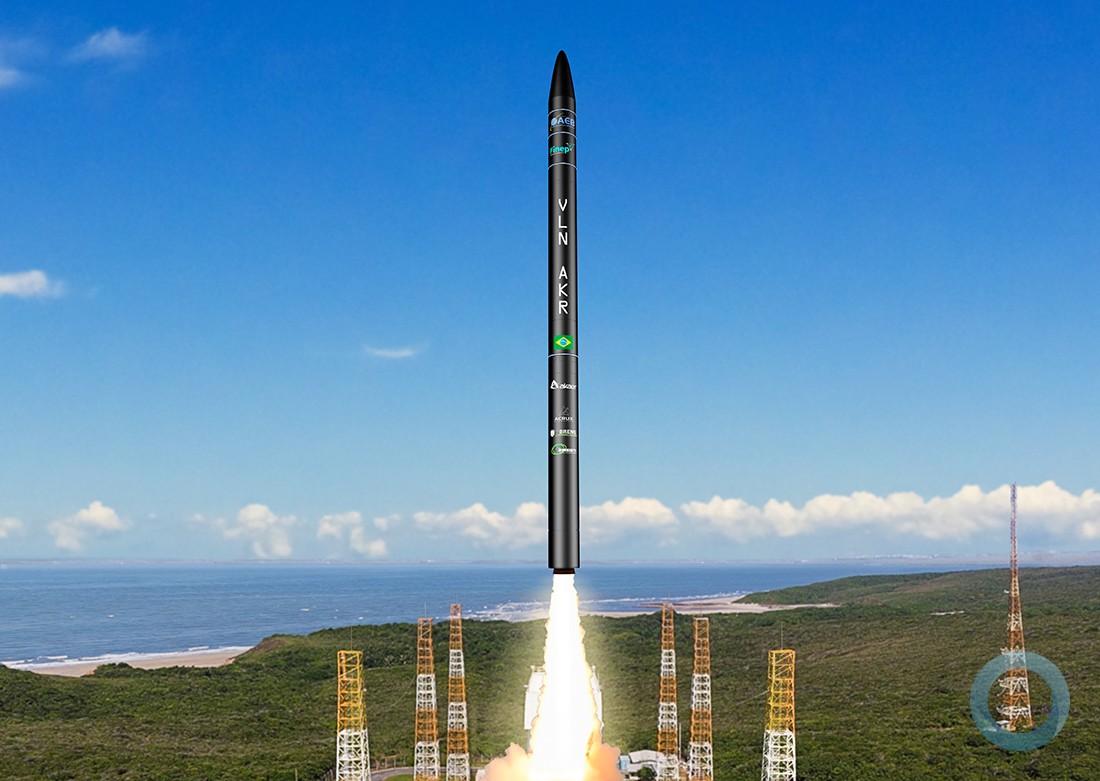Wilson Aquino
In 1914, Brazilian Army Colonel Cândido Mariano da Silva Rondon and former United States President Theodore Roosevelt led an extraordinary adventure. Together, they commanded the Roosevelt-Rondon Scientific Expedition, whose mission was to plot the course of an unexplored river in Brazil’s Amazon region: the Duvida River, (River of Doubt). When they completed the mission despite much adversity, the river was christened with a new name: Roosevelt River.
A century after the Roosevelt-Rondon Scientific Expedition, two Brazilian Service Members and two U.S. researchers recreated the journey to commemorate the historic adventure and to document the environmental changes that have occurred in the meantime.
“We used the same means as the original expeditions. There were no motorboats, and we traveled down [the Roosevelt River] using paddles [in kayaks or canoes], camping and cooking,” said Marc Meyers, a materials sciences professor from the University of California–San Diego.
Professor Meyers, who was born in Brazil, came up with the idea of “The Roosevelt-Rondon Expedition: 100 years later.” The others involved in the project are retired Colonel Hiram Reis e Silva, a Brazilian Army Department of Education and Culture researcher; retired Brazilian Army Colonel Ivan Carlos Gindri Angonese; and U.S. documentarian Jeffrey Lehmann, the producer of the Public Broadcasting Service (PBS) television program Weekend Explorer .
Legendary figure recreates journey


From left: Retired Colonel Hiram Reis e Silva, Professor Marc Meyers, retired Army Colonel Ivan Carlos Gindri Angonese and documentarian Jeffrey Lehmann repeated the Roosevelt-Rondon Scientific Expedition 100 years later. [Photo: Courtesy, Colonel Hiram Reis e Silva]
Col. Hiram is a living legend in Brazil: aboard a kayak, he has traversed 11,300 of the 23,000 kilometers of Amazonian rivers.
“I wrote a historiography of the rivers; I verified everything that had been written or said about them,” said Col. Hiram, who is also a professor at the Military College in Porto Alegre, in the state of Rio Grande do Sul.
The four researchers traveled down 581 kilometers of the Roosevelt River in 22 days, from October 22-November 13, 2014.
“We lost two days because the Cinta-Larga tribe did not allow us to travel in an area of the river that went around their reservation,” Col. Hiram said.
Due to the restriction imposed by the indigenous tribe, the researchers were unable to travel the 184 kilometers “that were considered the most difficult stretch of the original expedition,” Col. Hiram said. However, aside from this minor incident, the new journey down the Roosevelt River was peaceful – much different from the journey that took place a century ago.
Brazil invited Roosevelt to command the expedition
In 1913, Roosevelt held conferences throughout South America when he was invited by the Brazilian government to command the expedition. The Minister of Foreign Relations at the time, Lauro Müller, said that the American statesman would help raise Brazil’s profile abroad. The expedition was recorded in photographs and journals written by Roosevelt, Col. Rondon, and other team members, including Brazilian Captain Amílcar Armando Botelho de Magalhães. Historians disagree on the dates of the expedition; some say it lasted two months and others say it took eight months. But all agree that the trip was a harrowing ordeal that nearly cost Roosevelt his life.
Not knowing what they would encounter, the group of 22 men chose heavy wooden canoes, which would prove unfit for crossing the rapids and the 11 waterfalls they found. The alternative was to open a 10-kilometer path through the rain forest, portaging seven canoes fashioned from tree trunks and carrying nearly a ton of supplies. The group was exposed to all sorts of insects, including mosquitoes carrying tropical diseases, and spied on by indigenous people who had never had contact with Western civilization. One of the expedition dogs was found dead, struck by an arrow.
After less than a month, a tragedy befell the team: expedition member Antônio Simplício da Silva was dragged into the water and disappeared forever when one of the boats was carried away by the currents down a waterfall and sank. Roosevelt’s son, Kermit, who was in the same canoe, was able to save himself with great difficulty.
Explorers battle insects, hunger and fatigue
The trip became more hostile every day. Of the seven original canoes, only two survived. Provisions were lost. The group was constantly under siege from poisonous ants, bees, wasps, snakes, centipedes, and scorpions, and hunted by indigenous people. The explorers were ill, hungry, and exhausted. One of the most dramatic moments occurred when Roosevelt injured his leg; the wound became infected, and the former president developed very high fever, forcing the expedition to interrupt their journey. Roosevelt called Col. Rondon and told him that he could go no further, begging to be left behind. Obviously, this request was not granted.
Meanwhile, another threat from within their own team compounded the danger: as supplies ran low, a strong Soldier known as Júlio began to steal food. He was caught by Sergeant Manoel Vicente da Paixão, of the Corps of Engineers, and reprimanded; in response, Júlio grabbed a rifle and shot the Sergeant, killing him, and fled through the brush. Roosevelt and Rondon buried the sergeant in the forest; Júlio disappeared.
Col. Rondon is promoted; Roosevelt writes book
After 59 days without seeing another human face outside of the team, the expedition finally arrived at an inhabited site. Upon spotting the two canoes, the riverside inhabitants ran away, thinking that they were about to be attacked by an indigenous tribe, since until then no one had dared to explore that path.
That's where the expedition came to its end. Roosevelt, Rondon, and their team had traversed 750 kilometers of waterways and had mapped the course of the river, which until then was unknown. Roosevelt returned to the United States and wrote the story of the expedition in the book “Through the Brazilian Wilderness,” published in 1914; but his health never fully recovered from the journey, and he died Jan. 6, 1919.
Col. Rondon was promoted to general and, in 1955, when he was 90, Brazil's National Congress awarded him the title of Field Marshal, the highest rank in the Brazilian Army. For his pioneering work in defense of indigenous peoples, he came to be known as the “Marshal of Peace.”
In 1956, a part of Brazil’s Amazonian region was renamed in his honor, becoming known as the Federal Territory of Rondônia; it achieved statehood in 1982.






